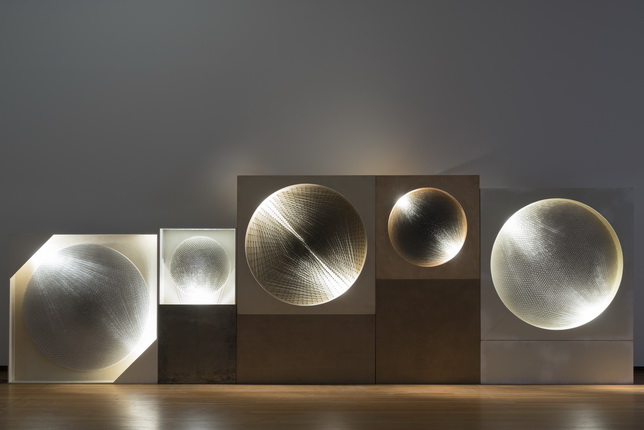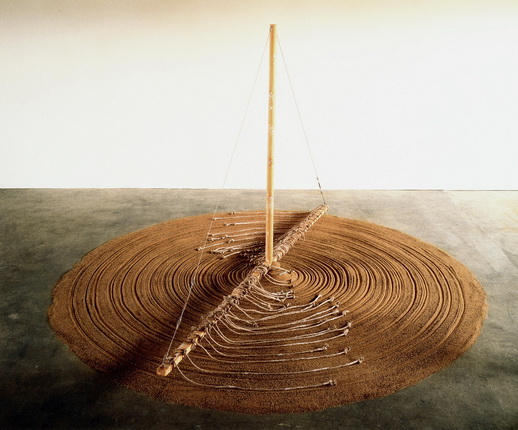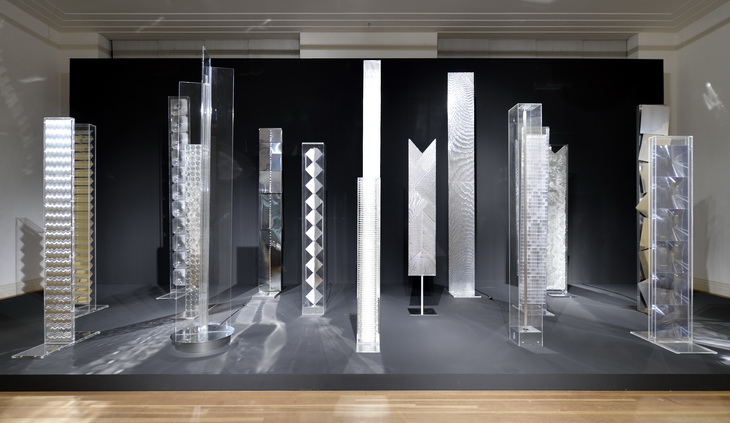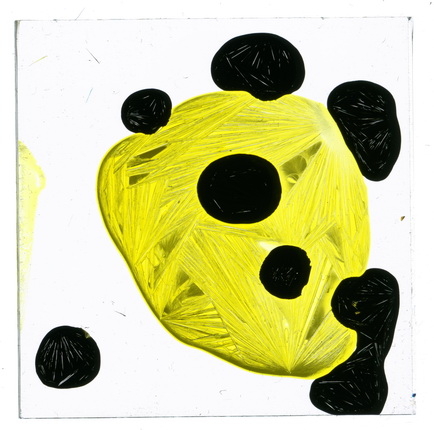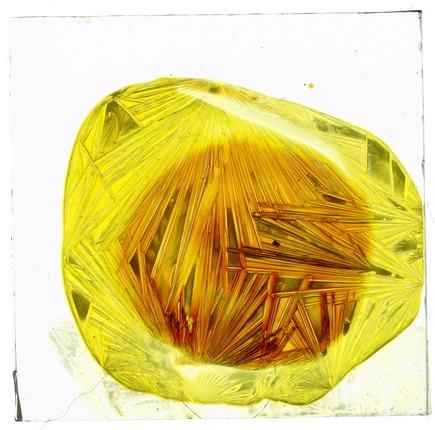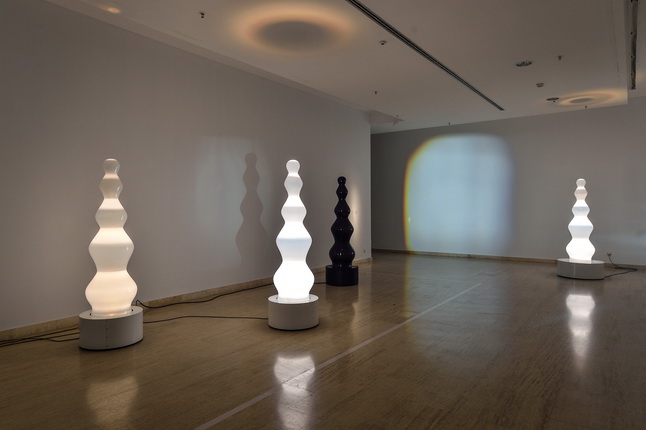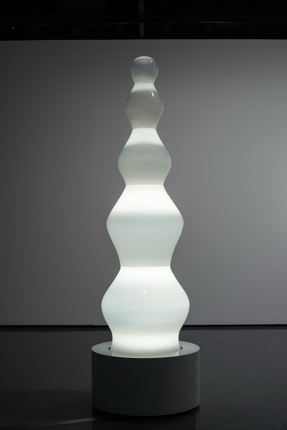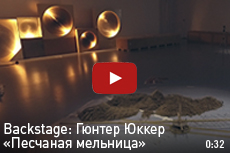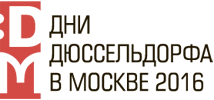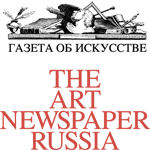ZERO group: Günther Uecker, Heinz Mack, Otto Piene
Moscow, 24.09.2016—13.11.2016
exhibition is over
Share with friends
Presented by Foundation Zero, Düsseldorf
For the press
MAMM presents an exhibition by the legendary international art movement ZERO, as part of the Days of Düsseldorf in Moscow. In 2011 the museum introduced the Russian public to art by the group’s Italian representatives. The present exposition features works by the German founders of this movement: Günther Uecker, Heinz Mack and Otto Piene.
The end of the Second World War heralded an unprecedented burst of artistic activity throughout Germany. After experiencing one of the most terrible wars in the history of mankind, artists, writers and philosophers felt the need to re-examine this tragedy, to break free from the legacy of the past and revive modernist and Bauhaus concepts dominant before the Nazis came to power.
Düsseldorf’s convenient location and proximity to Paris, Amsterdam, Antwerp and Brussels facilitated its development as a leading international cultural and economic centre in postwar Europe.
Group ZERO first appeared in Düsseldorf in 1957. Founding fathers of the movement Otto Piene and Heinz Mack were later joined by Günther Uecker. The word ‘zero’ in the group’s name in no way symbolised negation. Rather it was a reference point, a zone of silence and vacancy in which a new world filled with hope and light could evolve.
By the early 1960s many artists and philosophers arrived at ‘point zero’: Maurice Merleau-Ponty explored ‘zero space’ and Roland Barthes ‘writing degree zero’, while Yves Klein unveiled an exhibition entitled ‘The Void’ and John Cage began work on the music of silence. In 1963 Otto Piene, Heinz Mack and Günther Uecker issued a manifesto entitled ‘ZERO is the Silence. ZERO is the Beginning’.
The group’s ideas were expressed in lighting and kinetic installations, art objects at the juncture between painting and sculpture, as well as monochrome works.
Participants in the group maintained ongoing creative contact with leading European and American artists of that period such as Yves Klein, Lucio Fontana, Piero Manzoni, Jean Tinguely and Mark Rothko. Representatives of the international art community conducted an intense dialogue that was revealed in joint exhibitions and other very diverse modes of cooperation.
The group’s creativity was contiguous to Abstract Expressionism, Op Art, Nouveau Réalisme, Situationism, Land Art and even Pop Art.
Despite close ties between the artists, each of them possessed a unique individuality and worked on their own separate projects.
Heinz Mack has experimented with the kinetic possibilities of light. The leitmotif of his work is light steles placed in the unspoiled spaces of deserts or the open sea. Often the public could only appreciate these in videos or photographs. The art of Günther Uecker is characterised by an absence of colour, and in many of his works nails that reflect light and shade in a particular way take the predominant role. Combining his artistic training with a philosophical approach, Piene was intrigued by the interaction between art and science.
At the same time the Group ZERO artists and their associates always aimed at what Günther Uecker described as ‘a world where the production of art ceases to be limited to the individual as it has been until now’.
Strategic partner of MAMM
General radio partners |
Strategic information partners |
Special media partner
Information partners

